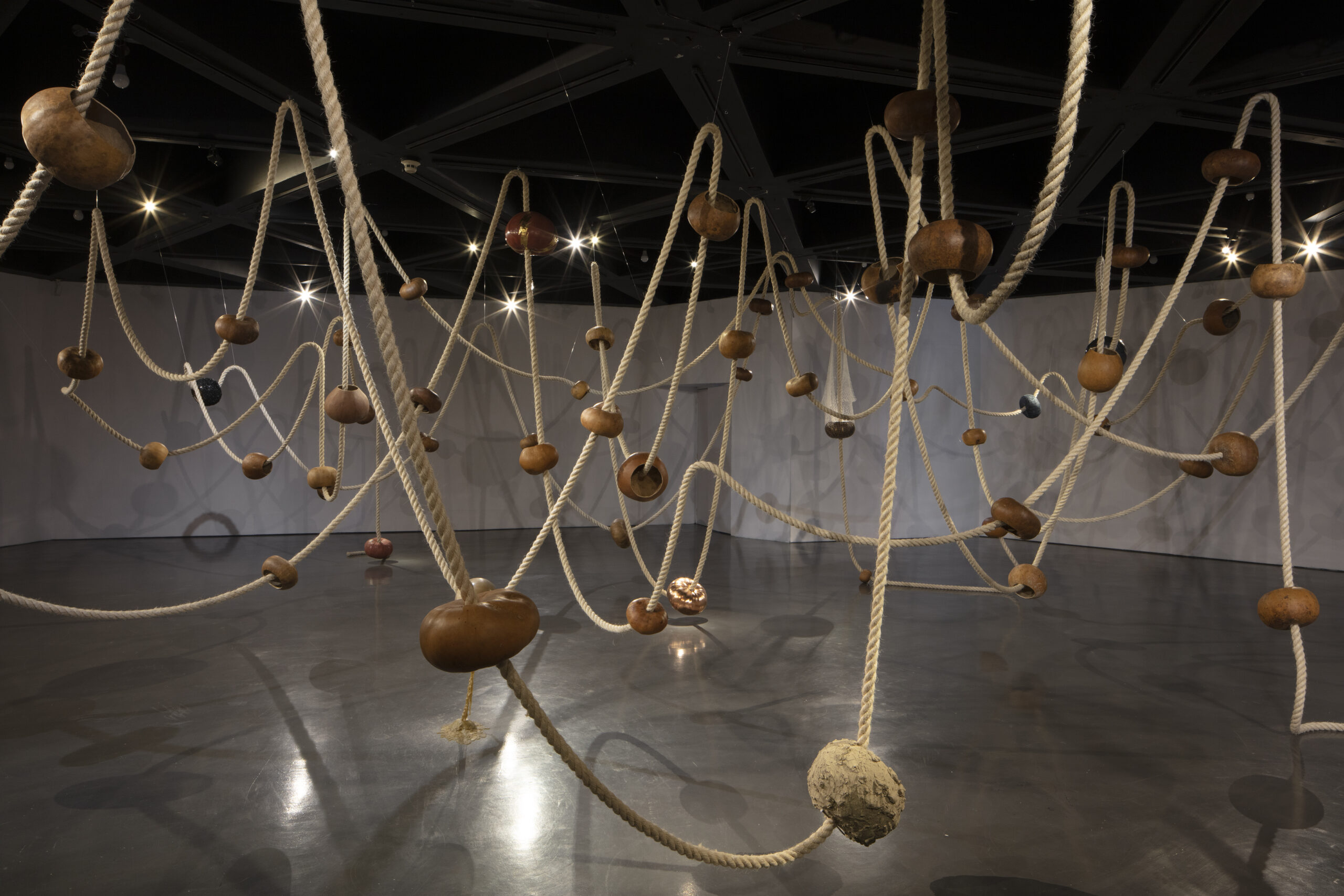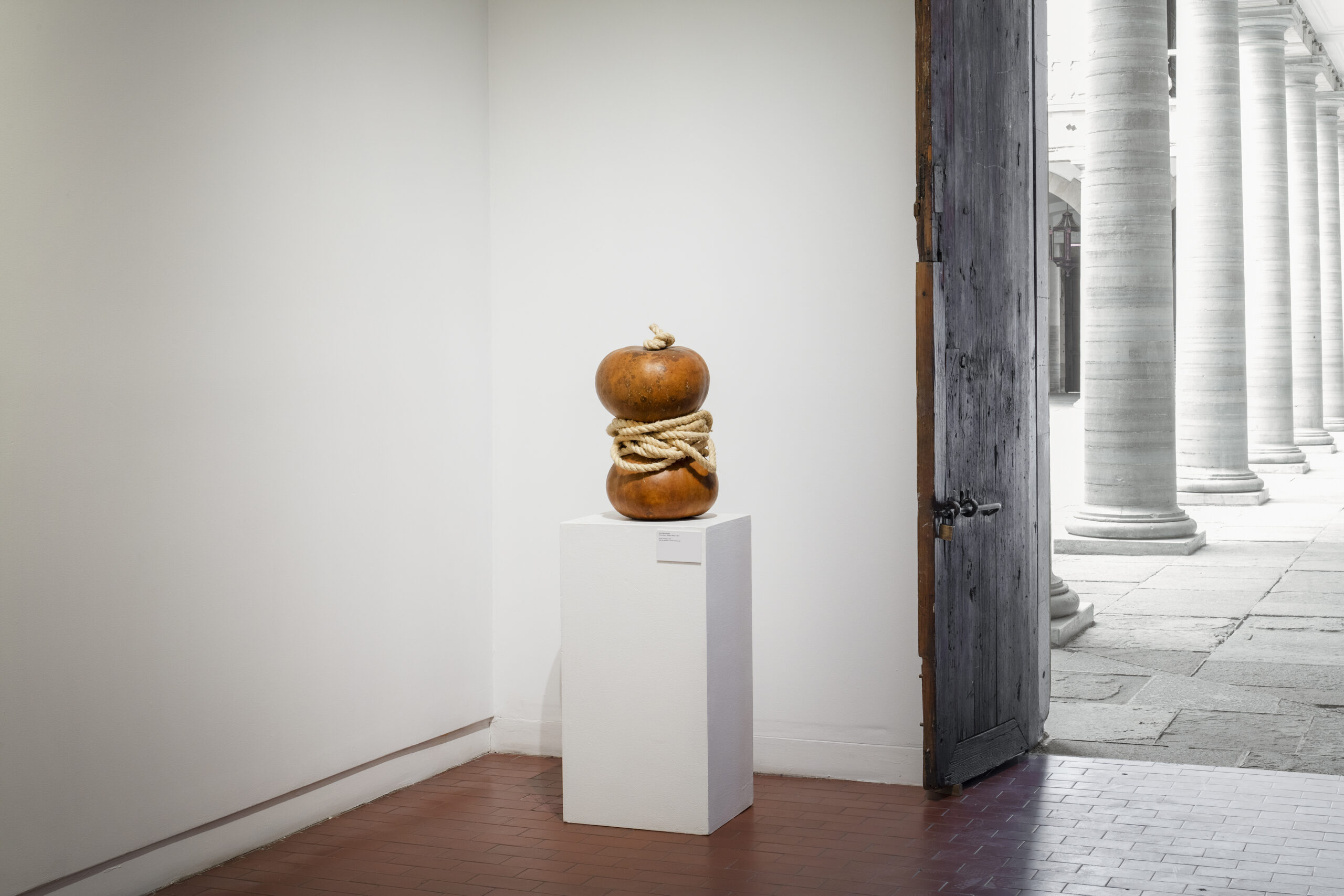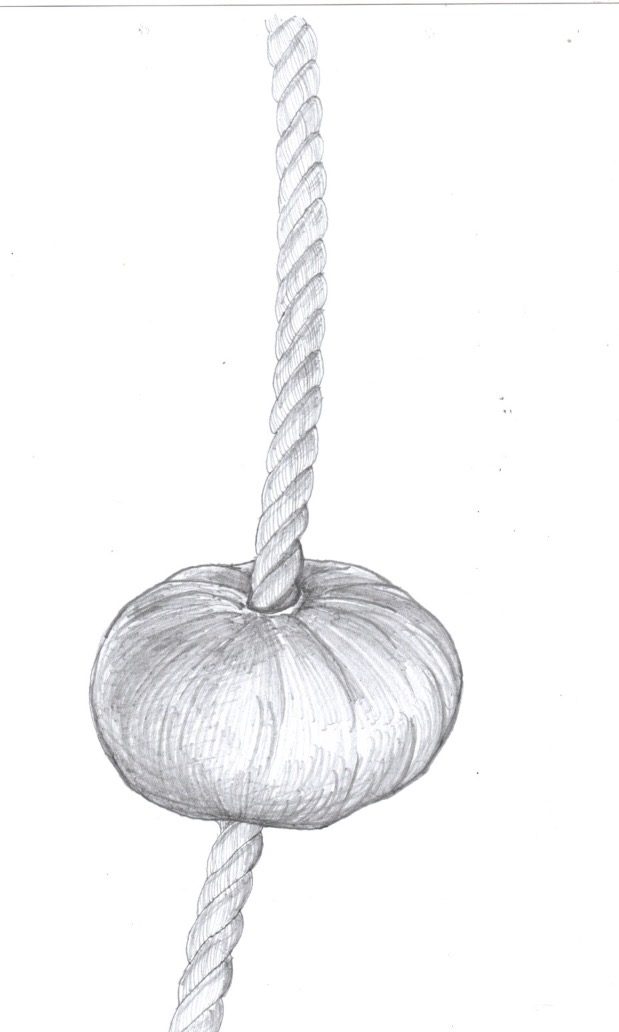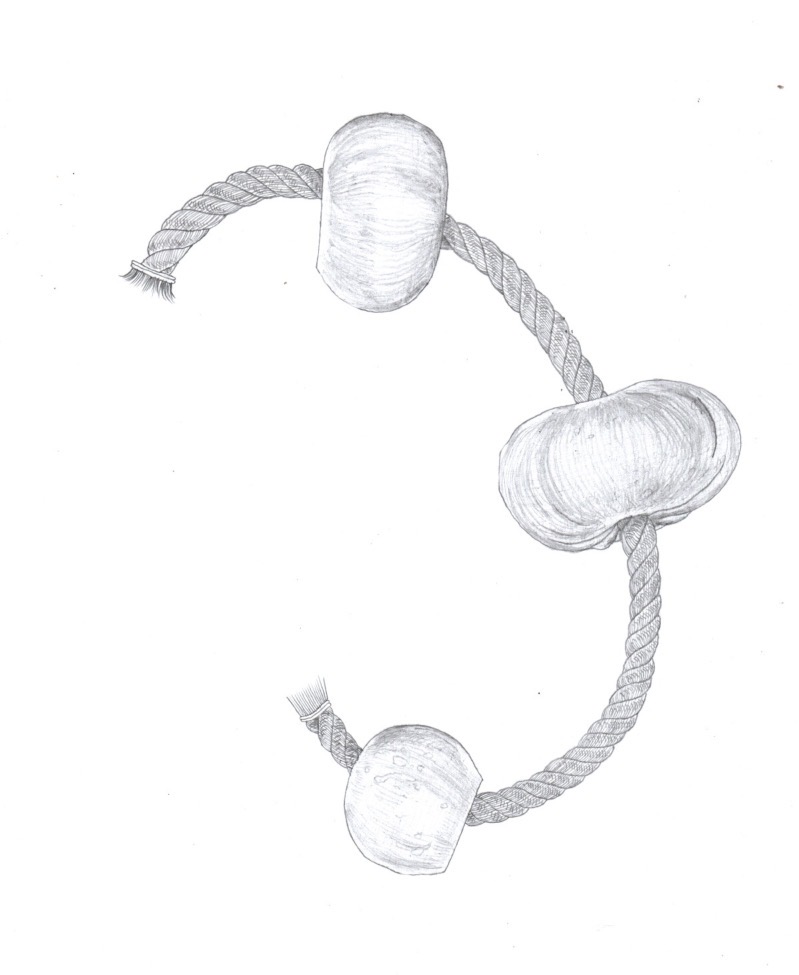Ana Hernández
(Tehuantepec, Oaxaca, México, 1991)
Venues
Galería Jesús GallardoVisual artist whose practice centers on awareness and recuperation of the Isthmus of Tehuantepec’s traditional garments, by means of the surroundings where she lives and her interest in phenomena such as migration, geography and identity, all of which have emerged from personal interests and her move into community-based knowledge exchange. She is a graduate of the Escuela de Bellas Artes de Oaxaca as well as the Clínicas de Especalización en Arte Contemporáneo and has also trained at the Instituto de Artes Gráficas de Oaxaca. She has participated in exhibitions in Ecuador, Mexico, Spain and the United States as well as in several other countries. Her recent standout shows include Historias indígenas, at the Museu de Arte de São Paulo, in 2023; in the same year, Reflejos del istmo was shown at the Museo de Filatelia de Oaxaca. In addition to its 2019 exhibition at Mexico City’s Museo del Chopo, Los huecos del agua exhibited at both Chicago’s National Museum of Mexican Art as well as at the Museo Amparo, in Puebla, in 2023. Hernández additionally presented Riaba Riasa—as an invited artist—at Salón ACME 10 in Mexico City, also in 2023; Disrupciones indígenas. Arte de los pueblos de México, was shown at the same city’s Museo del Palacio de Bellas Artes; in 2014, she presented New codex at the Social and Public Art Resource Center in Los Angeles.
Xquipi (Navel), 2024
Gourd rind and agave fibers
Redasilú (Vendrá la memoria), 2024
Installation
Obsidian, gold, wax, snail shells, graphite, pigments, copper, and clay on 68 gourd husks; agave fibers and audio
68 gourd husks are interwoven with agave fibers and 11 other materials from the earth. The number of husks and other materials correspond, respectively, to the number of Indigenous languages and linguistic families that, in addition to Spanish, exist in the country. Using diverse materials, the artist presents the tension between constant loss and resistance, proposing that memories remain despite continuous processes of disappearance. This cluster of connections transposes and represents the nations and languages in a place that’s considered a single nation: Mexico. Audio in Zapotec stating a manifesto about language and identity accompanies the installation, questioning who gets to have a voice and who has the capacity for representation.
bienal



